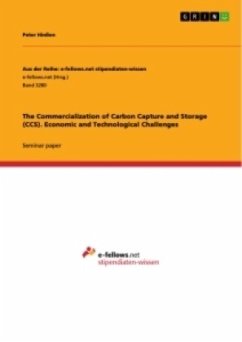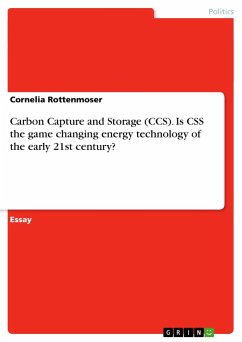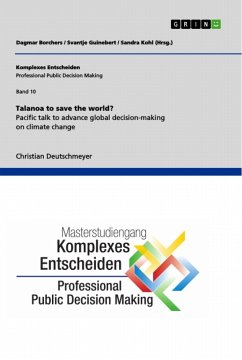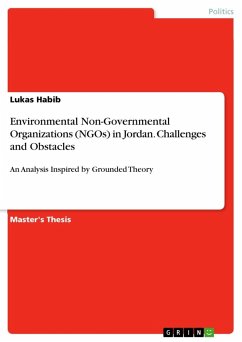Seminar paper from the year 2018 in the subject Politics - Environmental Policy, grade: 1,3, RWTH Aachen University, course: Climate Risk Management and Economics, language: English, abstract: Global warming is an omnipresent topic in the media. Capturing CO2 from industrial plants and pressing it underground (Carbon Capture and Storage, CCS) is a way to reduce global emissions. This paper will introduce the most important economic challenges of CCS today and how they are targeted in 2017. Research is focused on improving the capture process, finding new technologies and stating the overall economic benefits of implementing CCS. Demonstration and Development have proceeded in 2017 but significantly lost momentum since 2010. Commercialization of CCS is challenged by financing capital and operational costs and will always need a protective policy to be an economically viable option. Because CCS is the only means to deeply reduce CO2 emissions of fossil fuel power plants and highly emitting industrial sectors, it should be considered as an important asset in the climate change mitigation portfolio. One of the most discussed topics and also one of the most urging topics is climate change. The Intergovernmental Panel on Climate Change (IPCC) published their 5th Assessment Report in 2014 and stated that global warming should be kept below 2°C to limit problematic consequences of climate change. One year after this, the global community agreed in Paris to keep global warming well below 2°C. There are several measures that can be thought of to accomplish this - renewable energies, reducing individual consumption or higher efficiency of CO2 emitting applications. In fact, a diversified portfolio of climate change mitigation strategies is needed. A controversially discussed option of this portfolio is Carbon Capture, Transportation and Storage (CCS).
Hinweis: Dieser Artikel kann nur an eine deutsche Lieferadresse ausgeliefert werden.
Hinweis: Dieser Artikel kann nur an eine deutsche Lieferadresse ausgeliefert werden.








